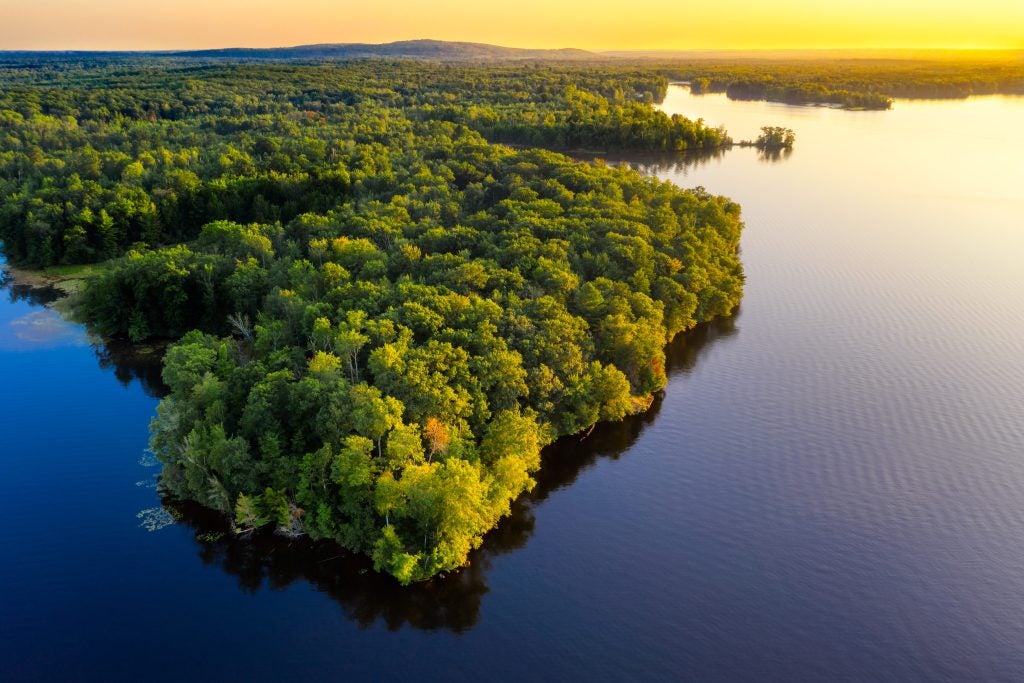Natural climate solutions, such as reforestation and wetland restoration, can help slow climate change and increase resilience in the face of climate impacts we can’t avoid.
These approaches have substantial and growing support from bipartisan lawmakers, the private sector and environmental nonprofits. However, big questions remain: Where are these strategies most effective? To what extent can they meaningfully remove and reduce greenhouse gases? How will increased drought, fire and pest outbreaks impact their ability to stave off climate change?
A new report I co-authored with leading ecosystem scientists and policy experts provides a scientific roadmap for answering these questions. “The science needed for robust, scalable and credible nature-based climate solutions for the United States” identifies critical scientific gaps that must be filled to support the large-scale implementation of natural climate solutions and build confidence that those solutions are slowing warming. It also lays out a research agenda to fill these knowledge gaps.
“Information network” is prerequisite for scientific clarity
In addition to leveraging existing research networks, the report specifically calls for a $1 billion coordinated investment in a national U.S. “information network” that will combine data across scales from the minute to the macro — from tree to forest to region to continent — to help scientists map out and understand when and where natural climate solutions will be most effective.
By combining multiple information streams — including ground-based soil and tree surveys, satellite and remote sensing imagery, data from flux towers that measure greenhouse gasses and data from computer models — scientists and policymakers can determine how various natural climate solutions impact climate mitigation and adaptation.
Open and accessible data from the information network can also help stakeholders understand and evaluate whether current incentive programs and voluntary market protocols are effectively achieving carbon storage that is additional and durable, and that didn’t cause carbon leakage elsewhere on the landscape.
There’s no time to waste
This is the decisive decade for stabilizing the climate. While it is critical to first and foremost rapidly lower emissions from the energy, transportation and agriculture sectors, that alone will not be enough to stabilize the climate. The world will also need natural climate solutions that hold onto existing carbon stores and store additional carbon.
With the U.S. government making significant commitments in the fight against climate change, and natural climate solutions set to be a prominent component of COP27 negotiations, we need the best and most comprehensive scientific tools to help implement these practices and monitor outcomes accurately.
The report provides a road map for producing and using actionable information to foster programs and policies that work — while avoiding energy wasted on those that do not. It explicitly provides strategies for public agencies, nonprofit organizations, and private sector staff working to implement nature-based solutions on-the-ground.
Read the full paper to learn more about the research and investment needed to build a strong foundation for the widespread use of natural climate solutions.
